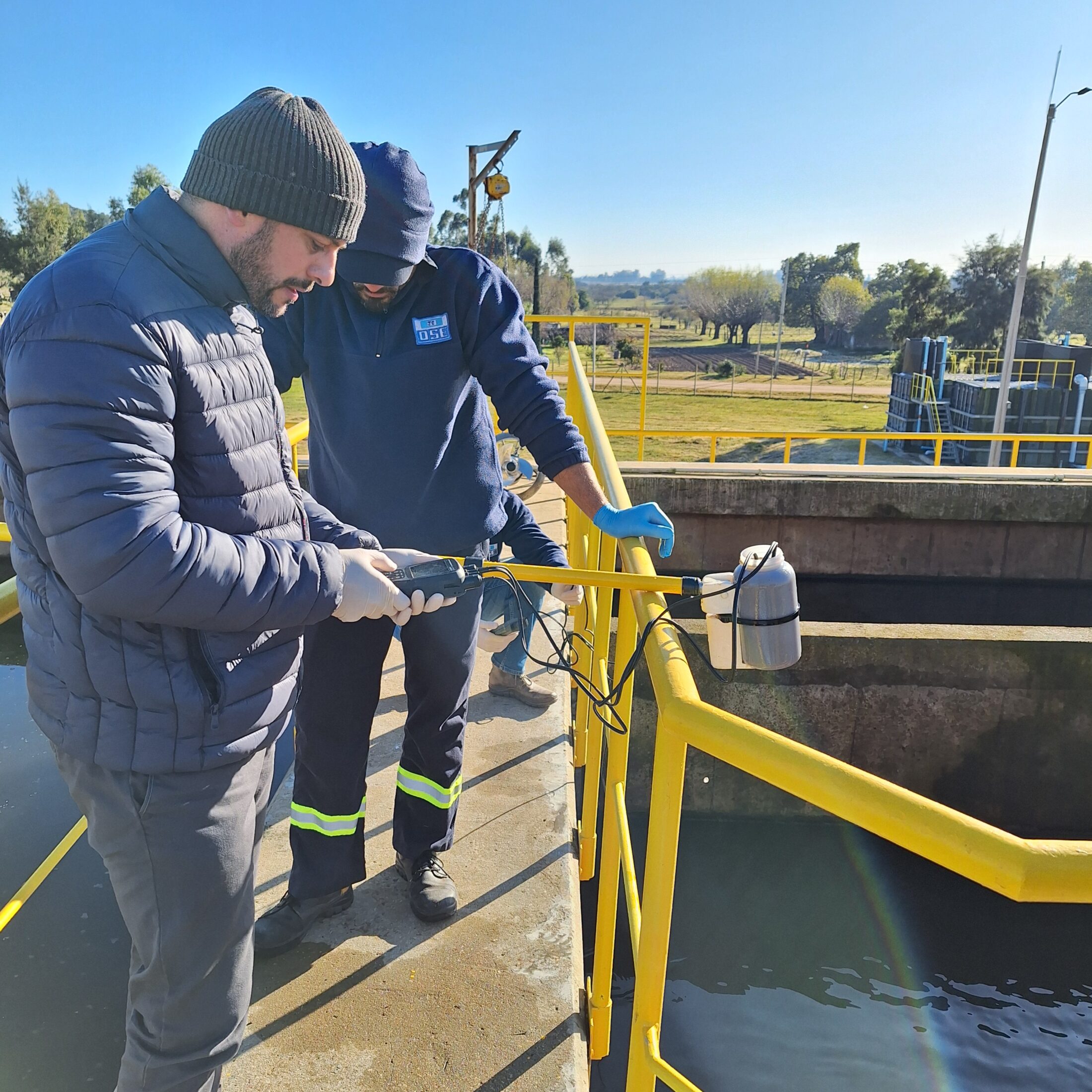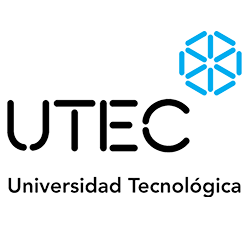BioWin-based simulation of the WWTP in Canelones City (Uruguay)

This study was developed in response to increasing environmental concerns regarding eutrophication in the Santa Lucía River basin, a critical source of drinking water for over 50% of Uruguay’s population. In light of stricter regulations on nutrient discharges—particularly phosphorus—from wastewater treatment plants (WWTPs), the study focuses on evaluating the performance of the Canelones WWTP, a medium-scale facility treating both domestic and barometric wastewater. Despite its use of ferric chloride for phosphorus removal, the plant fails to meet current discharge limits due to operational inefficiencies rather than design flaws. The original objective was to construct, calibrate, and validate a BioWin model of the plant; however, due to insufficient historical and operational data, a previously calibrated and validated model was adopted. Six technically relevant and operationally feasible scenarios were defined and simulated in BioWin: the base model, current configuration, removal of chemical dosing, relocation of ferric chloride dosing to the inlet, implementation of a modified UCT configuration, and integration of a membrane bioreactor (MBR). All scenarios were assessed with a focus on phosphorus removal. Results indicate that regulatory compliance is achievable through operational improvements and accessible technologies. BioWin proved effective for performance analysis, scenario evaluation, and informed decision-making across OSE’s treatment facilities.

